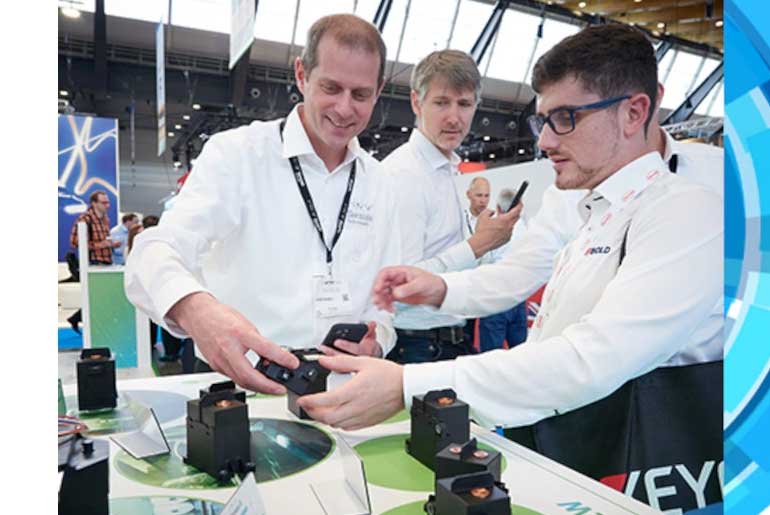Battery manufacturers aim to develop high-energy-density cells with optimal performance while minimizing thermal issues and maintaining high quality. Achieving this balance is challenging, but industry experts will explore innovative solutions at The Battery Show South in Atlanta this April. Two key sessions will focus on advanced material identification techniques that, while not creating the perfect battery, can streamline the development of higher-quality, well-balanced batteries. These sessions will delve into methods for accelerating battery research, improving material characterization, and enhancing battery efficiency.
One of the sessions, “Discover Tomorrow’s Battery Materials Today With Large Quantitative Models,” will be held on Wednesday, April 16, at the Open Tech Forum. Led by Ang Xiao, Technical Lead of Materials Science at SandboxAQ, this talk will discuss the use of large quantitative models (LQMs) in battery research. LQMs incorporate extensive datasets from experimental results, numerical equations, and first-principle calculations to predict material behavior with high precision. These models enable researchers to better understand key battery properties such as electrode composition, electrolyte performance, cycle life, energy density, and degradation patterns. By leveraging deep insights into these factors, LQMs can significantly reduce the time and cost required for material discovery and optimization, ultimately leading to the development of more efficient and durable energy storage solutions.
Another session, “Material Characterization – Battery Power is in the Particle,” will emphasize the importance of analyzing battery materials at the particle level. Presented by Jeff DeNigris, Business Development at Malvern Panalytical, this session will highlight why characterizing anode and cathode materials is critical for battery manufacturing. Particle properties such as size, shape, and elemental composition directly impact energy storage potential, energy density, charge/discharge rates, cycle life, and safety. DeNigris will discuss traditional and modern techniques for characterizing these materials, including laser diffraction and advanced software tools like Data Quality Guidance, Size Sure, and Adaptive Diffraction, which improve measurement accuracy and consistency.
Additionally, DeNigris will examine real-time monitoring and data analysis methods that allow manufacturers to instantly adjust production processes, ensuring greater efficiency and product consistency. He will also discuss the growing importance of analyzing materials from spent batteries, particularly as the number of retired electric vehicle batteries increases. This trend introduces significant variability in material quality, consistency, and contamination levels. By understanding the elemental composition of incoming materials, manufacturers can refine the separation and extraction process, making battery recycling more efficient and sustainable. These discussions at The Battery Show South will provide valuable insights into the future of battery technology, focusing on materials research, performance optimization, and recycling advancements.



